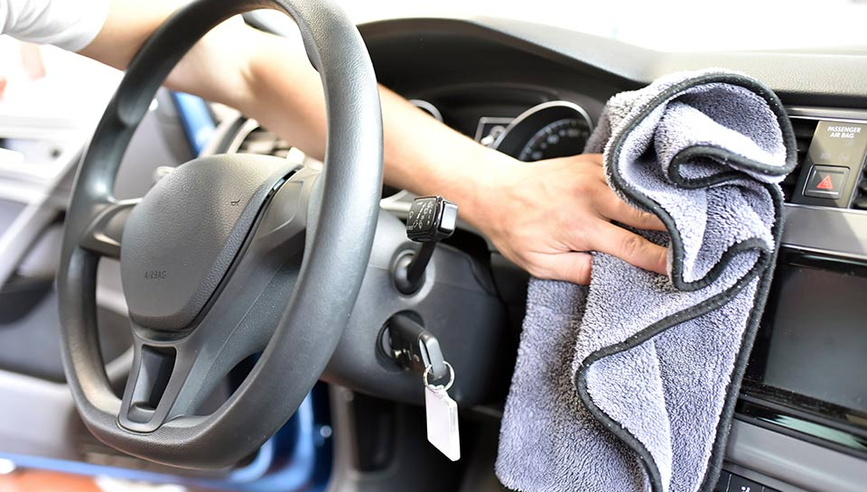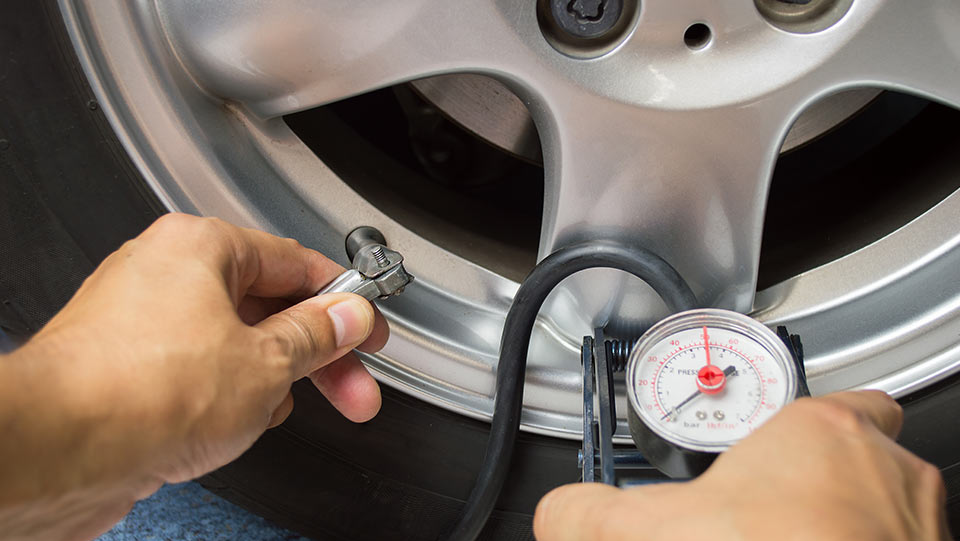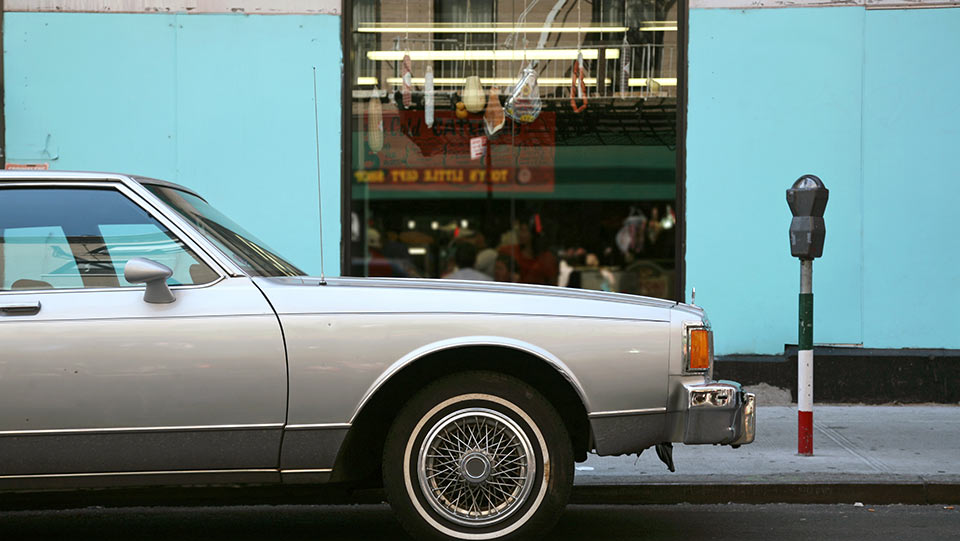How to Detail Your Car in 9 Steps


Having your car detailed takes work but can be rewarding – every inch looks clean and shiny, like a car fresh from the dealership. Getting a car professionally detailed can cost anywhere from $50 to $150,1 depending on the size of your vehicle, and more if you pay for premium services. But you can do the job yourself if you’ve got the time and the right tools. Experts suggest you set aside four to eight hours to really do it right.
- Don't skimp on materials. According to the Department of Motor Vehicles,2 your detailing kit should include a vacuum cleaner (for wet and dry surfaces), a pile of rags in various thicknesses, various small brushes (such as toothbrushes and paintbrushes), cotton swabs, spray bottles, canned air, upholstery cleaner, carpet stain cleaner, all-purpose cleaner, and surface protector for vinyl and leather. Other odds and ends that come in handy include a plastic knife, a barbecue skewer and old makeup brushes.
- Do the inside first. That way, dirt dislodged from your interior won't end up on the exterior you just washed. Vacuum the floors, all surfaces and under all the seats, moving them forward and backward to access as much floor as you can. (Some experts recommend brushing carpets first with a stiff brush to loosen dirt.) Use carpet stain remover on any floor stains, being careful not to get them too wet, which can encourage mildew. Go through the same process for upholstery stains on the seats.
- Get into cracks and crevices. This is where all your tools come into play. A thin cloth wrapped around your plastic knife is good for grabbing the dust and muck in narrow openings. That barbecue skewer can remove the little crumbs stuck in cracks or along edges. Makeup brushes can help you get into those vents. Canned air is also helpful for getting things out of the tiny places you can't reach, and for blowing dirt and dust off the back wall behind your air vents.
- Stay out of direct sunlight. You can damage your paint if it gets too hot during the cleaning process. Detailing your car in the shade or on a cloudy day is suggested. It's also smart to clean the tires before the main exterior of your car to prevent splashing any cleaning solution or tire gunk onto clean surfaces.
- Change rags when necessary. If the sponge or rag you're using for your car's exterior gets too much grunge on it, you can damage your car's finish. Rinse regularly and switch out for a clean rag when you need it. Try the two-bucket system for washing: one with clean water and one with soapy water. If you rinse your rag in the clean water before dunking it in the soapy water, you'll leave dirt behind before you put it back on the car.
- Dry glass strategically. Try wiping one direction on the inside and another direction on the outside, so you can locate a streak if you see one without cleaning both sides of the glass a second time.
- Don't forget the outside details. Just as you used your little tools on the crevices inside your car, there are also crevices on the outside, including the rims around your lights, your door handles and mirrors. Roll your windows down a bit so you can clean the top edges.
- Use a clay bar. After washing and drying your car (use a clean cloth), a clay bar system will remove surface gunk from your paint, leaving it smooth and easier to wax afterward. You can generally buy a system for $10 to $20. Follow with polish (try an oscillating buffer) and two coats of wax.
- Be careful with your products. Don't use a vinyl cleaner on your leather seats, and don't use shiny cleaning products on your matte dashboard. Cleaners with ammonia might bleach plastic surfaces, and those with ammonia and vinegar might harm your aftermarket window tint. (Your factory tinting should be fine.) On the exterior, use a dedicated car wash cleaner that won't harm your paint (not detergent), and go for a non-acid product on tires.



